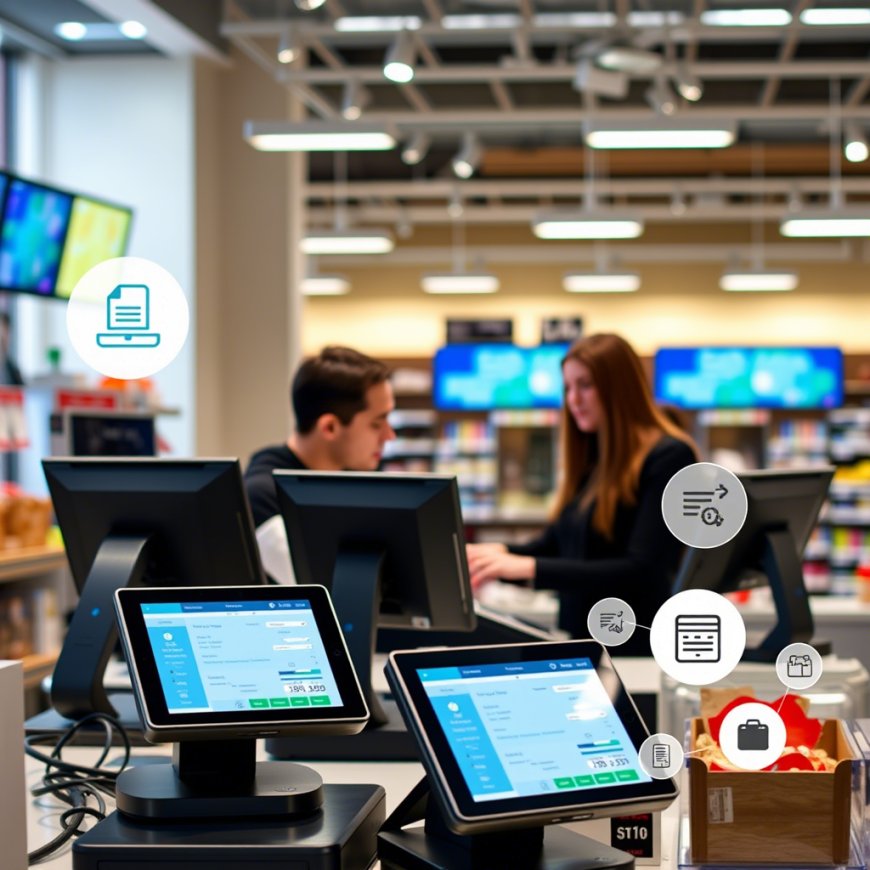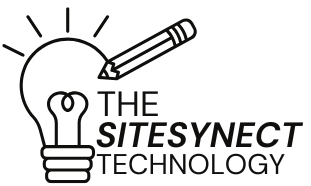How POS Integrations Simplify Retail Accounting
Discover how POS integrations automate retail accounting, reduce errors, and save time. Learn top tools, benefits, and best practices for seamless financial management.

Introduction
Retailers juggle countless tasks—processing sales, managing inventory, and tracking expenses—all while trying to keep their books accurate. Manual accounting in this fast-paced environment is a recipe for errors, missed deductions, and burnout. Enter POS integrations, the unsung heroes connecting your point-of-sale system to accounting software. In 2024, this synergy isn’t just convenient; it’s essential for survival. Here’s how POS integrations turn retail accounting chaos into clarity.
The Retail Accounting Challenge
Manual processes plague retail finance teams:
-
Human Errors: Miskeyed sales data or misplaced receipts.
-
Time Sinks: Hours spent reconciling sales, taxes, and inventory.
-
Disconnected Systems: POS, inventory, and accounting software operating in silos.
-
Compliance Risks: Missed tax deadlines or incorrect filings.
Stat Alert: 34% of retailers cite manual data entry as their biggest accounting hurdle (Retail Dive, 2023).
How POS Integrations Solve These Problems
Modern POS systems (e.g., Square, Shopify POS, Clover) sync seamlessly with accounting tools like QuickBooks or Xero to automate:
1. Sales Data Syncing
-
Automatically import daily sales, returns, and discounts into accounting software.
-
Example: A boutique using Square + QuickBooks eliminates manual entry, reducing errors by 90%.
2. Real-Time Inventory Tracking
-
Sync POS sales with inventory counts to:
-
Trigger low-stock alerts.
-
Update cost of goods sold (COGS) automatically.
-
-
Tools: Lightspeed Retail’s integration with DEAR Inventory.
3. Tax Compliance
-
Auto-calculate sales tax, VAT, or GST based on location.
-
Generate tax-ready reports for filings (e.g., Shopify Tax + Xero).
4. Expense Reconciliation
-
Match bank deposits with POS sales data to flag discrepancies instantly.
-
Pro Tip: Use Clover + Sage 50 to auto-categorize expenses.
5. Multi-Location Management
-
Consolidate financial data from all stores into one dashboard.
-
Example: A coffee chain uses Toast POS + NetSuite to track revenue across 10 locations.
Top POS-Accounting Integrations in 2024
-
Square ⇄ QuickBooks Online
-
Best For: Small businesses needing simplicity.
-
Key Perks: Auto-sync sales, tips, and fees; reconcile deposits in minutes.
-
-
Shopify POS ⇄ Xero
-
Best For: E-commerce hybrids.
-
Key Perks: Track online and in-store sales in one place; auto-update COGS.
-
-
Lightspeed Retail ⇄ DEAR Inventory
-
Best For: Inventory-heavy retailers.
-
Key Perks: Real-time stock updates and profit margin analytics.
-
-
Clover ⇄ Sage Intacct
-
Best For: Mid-sized retailers with complex accounting needs.
-
Key Perks: Multi-entity support and advanced financial reporting.
-
5 Benefits of POS-Accounting Integrations
-
Save 10+ Hours/Week: Automate data entry and reconciliation.
-
Reduce Errors: Eliminate manual input mistakes.
-
Improve Cash Flow: Real-time insights into revenue and expenses.
-
Scale Effortlessly: Manage multiple stores or sales channels seamlessly.
-
Audit-Proof Records: Automated logs for compliance and tax season.
Trends Reshaping POS Integrations in 2024
-
AI-Powered Insights: Tools like Square Analytics predict seasonal demand or flag unusual transactions.
-
Omnichannel Reporting: Unified dashboards for in-store, online, and marketplace sales.
-
Blockchain Security: POS systems like Verifone encrypt transaction data for fraud prevention.
Best Practices for Implementation
-
Choose Compatible Systems: Ensure your POS and accounting software integrate natively or via Zapier.
-
Test Syncing Early: Verify sales, tax, and inventory data flows accurately.
-
Train Your Team: Host a workshop to explain automated workflows.
-
Monitor & Optimize: Review reports weekly to catch sync issues or gaps.
Pitfalls to Avoid
-
Ignoring Reconciliation: Even automated systems need periodic checks.
-
Overlooking Fees: Some integrations charge per transaction or user.
-
Data Silos: Ensure marketing and inventory tools also connect to your POS.
Case Study: How a Fashion Retailer Slashed Accounting Time by 70%
A 5-store boutique integrated Shopify POS with QuickBooks, automating sales tracking and inventory updates. Result: Accounting hours dropped from 20/week to 6, with 100% tax compliance.
The Future of Retail Accounting
-
Voice-Activated Reporting: “Alexa, pull yesterday’s sales report from Square.”
-
AI-Driven Fraud Detection: Spot refund scams or counterfeit bills in real time.
-
Global Tax Automation: POS systems auto-adjust for cross-border tax laws.
Conclusion
POS integrations aren’t just a convenience—they’re a competitive necessity. By automating sales tracking, inventory management, and tax compliance, retailers can focus on growth instead of spreadsheets. Start with a free trial of Square or Shopify POS and watch your accounting headaches vanish.
What's Your Reaction?
 Like
0
Like
0
 Dislike
0
Dislike
0
 Love
0
Love
0
 Funny
0
Funny
0
 Angry
0
Angry
0
 Sad
0
Sad
0
 Wow
0
Wow
0






































